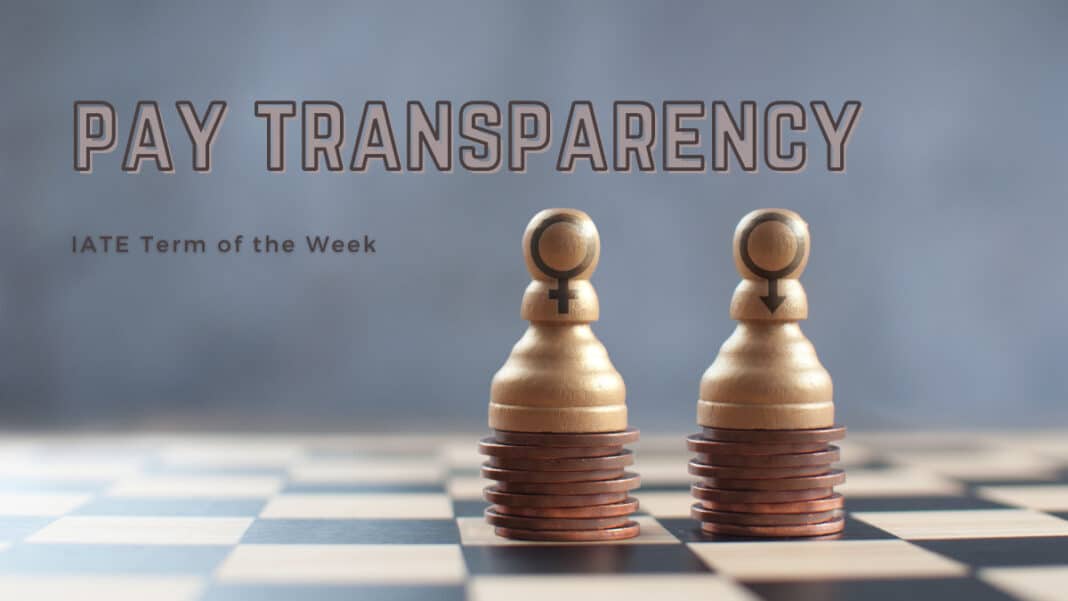The financial effects of the pandemic have been a hot topic over the last months. The restrictions applied across European countries have affected the levels of salaries in many sectors. In particular, women’s salaries have registered a negative trend.
In the light of the new data, pay transparency has been brought at the centre of the discussion table. As a result, on 4 March 2021, the European Commission proposed new measures to implement this practice.
The importance of pay transparency
Having pay transparency means to have a clear understanding of the salary earned by different categories of workers. The main aim of pay transparency is to guarantee equal wages to people performing the same job regardless of their gender, race or belonging to certain social groups.
The first step to guarantee equal pay for equal work is making information on salaries transparent and available. Only with clear and easily accessible data, claims on a gender pay gap can be substantiated.

The measures for implementing pay transparency
Some of the measures that can be employed to achieve pay transparency are:
- information for job applicants about salaries within the company
- the right for job applicants to not share information about their pay history with employers
- the right for workers to ask their company for data on salaries according to gender and different categories of workers
- the obligation for companies with more than 250 employees to prepare and share with the public reports on gender pay gap within the company
However, the measures on pay transparency alone pave the way to decreasing the gender pay gap only partially. Another fundamental factor is providing to those who have been subject to pay discrimination the legal means to ask for compensation and a readjustment of company wage policies. Additionally, those companies that have been found guilty of discriminating workers in relation to their salary could incur fines.
If you are interested in the topic of salary equality and workers’ rights, read also our article on another IATE term: in-work poverty.
References
European Commission. 2021. Pay Transparency Time to see the gap!, Factsheet. [ONLINE] Available at: https://ec.europa.eu/info/sites/default/files/factsheet-pay_transparency-2019.pdf. [Accessed 29 April 2021].
European Commission. 2021. Pay Transparency: Commission proposes measures to ensure equal pay for equal work. Press corner | European Commission. [ONLINE] Available at: https://ec.europa.eu/commission/presscorner/detail/en/ip_21_881. [Accessed 29 April 2021].
European Commission. 2021. Questions and Answers – Equal pay: Commission proposes measures on pay transparency to ensure equal pay for equal work. Press corner | European Commission. [ONLINE] Available at: https://ec.europa.eu/commission/presscorner/detail/en/qanda_21_961. [Accessed 29 April 2021].

Written by Maria Bruno, Schuman Trainee at the Terminology Coordination Unit. She holds a master’s degree in Translation and a bachelor’s degree in Italian Language and Literature. She is trained in websites and social media management, content writing and SEO. Currently, she is studying for her Diplôme Universitaire in Terminology at the University of Savoie-Mont Blanc.

